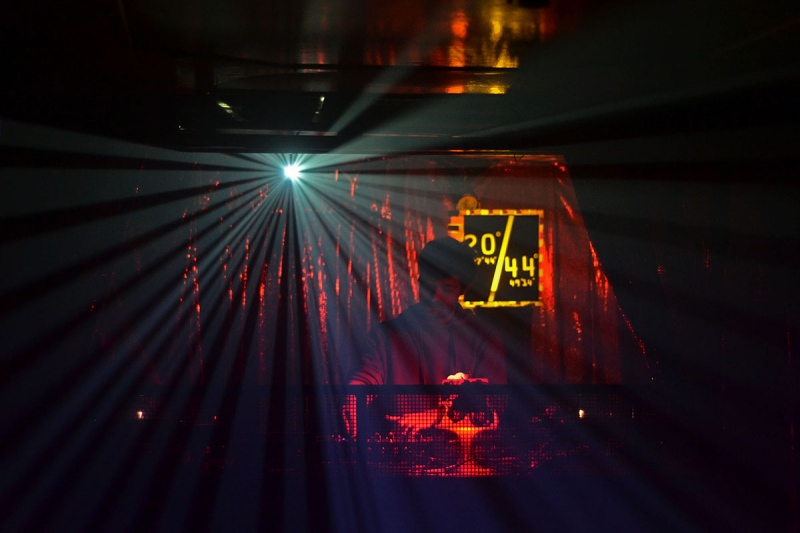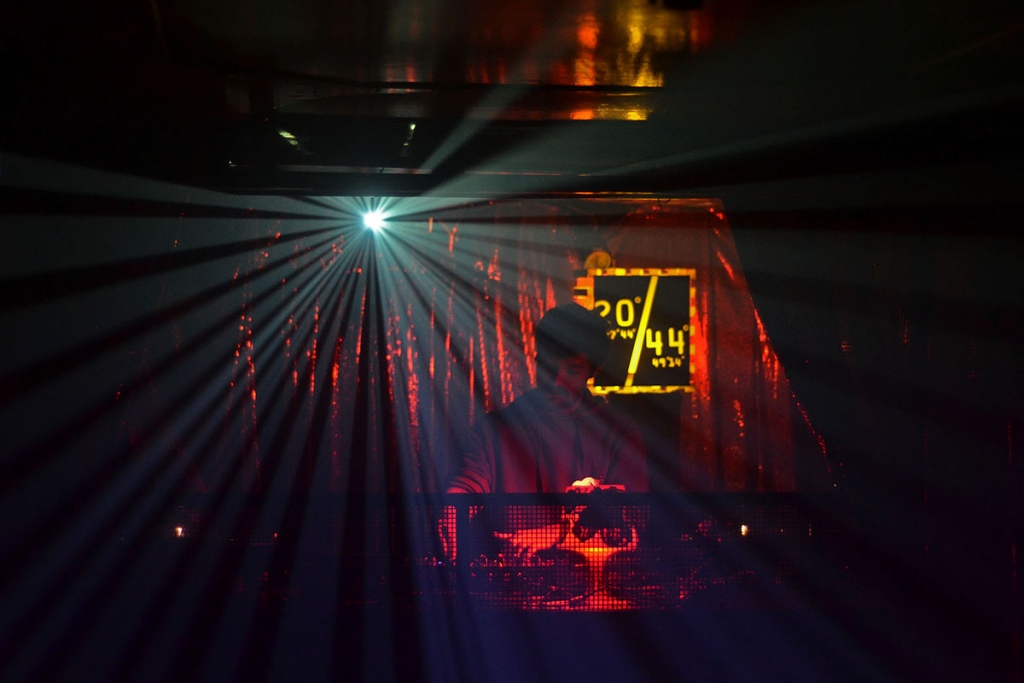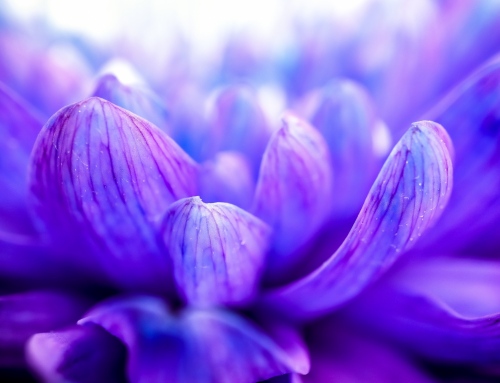As a photographer, you will often get a chance to work together with other creative people from different industries. Working with clients can be a challenge, because you are taking picture of a product they are passionate about and they want it done a particular way. There’s no reason to get discouraged, just remember to be patient and listen to directions.
About a year and a half ago I began working together with a friend who started her own business – creating unique handmade lighting fixtures. I was immediately excited, because I’ve never done anything like this before so it was a great opportunity for me to expand my portfolio.
Get to know the project
Before you start shooting a product like this, get familiar with it. Get to know the client and find out as much about the product as you can. Before me and my friend started working together on this project, we had about three meetings. She showed me her sketches and presented me all ideas she had for developing it. She already had the visual identity for the project designed and she had a clear vision of how she wanted the photographs to look like.
Be a part of the process
Before we started shooting individual pieces, the designer wanted me to see how the pieces are being made. For a lot of the pieces I was present from start to finish, taking pictures of the whole process. Her wish was to have an archive of photographs she could then use later on in development.
Plan out the setting
Setting is a key element in these types of situations. Each piece is different, so a different type of setting is required for it to come to life in photos. Some of the pieces were ceiling lights that made these interesting patterns when turned on. We decided to shoot them in a neutral space so there wouldn’t be any distractions in the photographs and the patterns on the ceiling were in focus. Other pieces for example look more like sculptures, and those we wanted to shoot during the day. First we found a space (a private apartment) that was beautifully decorated. The designer arranged the scenes and placed the pieces how she wanted them. She told me from which angles she wanted me to take pictures.
The shooting
I have to say, working with a designer who has a very clear vision of what they want, can be a double edged sword. On one hand, having set directions makes your job easier, because the designer already kind of planned your shooting for you. On the other hand, it’s sometimes difficult to communicate, because the designer wants the photo to look a certain way, which isn’t always achievable. Then it’s your job as a photographer to explain exactly why something can be done and try to find another way.
Make the surroundings work in your favor
Some pieces she made by order for bars and clubs, and we took pictures of them in those environments. The designer also wanted some people included in the photos, so it would look more natural. We waited for the club to start working and the DJ started playing, so I could make some shoots with him. I tried to get as much diversity as I could and I waited for the other lights in the club to start working so it would look like more of a snapshot. She gave me freedom in this case, because we weren’t as prepared beforehand. We didn’t know where they are going to put the lighting piece so I came up with some ideas on the spot.
Post-production
After each photo shoot we did, we selected the best photographs together. The designer gave her input if she felt like a photo needed cropping for example, but she mostly let me do the editing by myself. In the end, I feel like we produced a beautiful portfolio together that we can both be proud of. Mutual understanding is necessary for this to happen. Don’t be stubborn and argue if something is not going your way, but rather make compromises that will lead to solutions.










